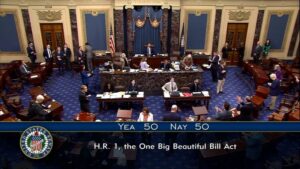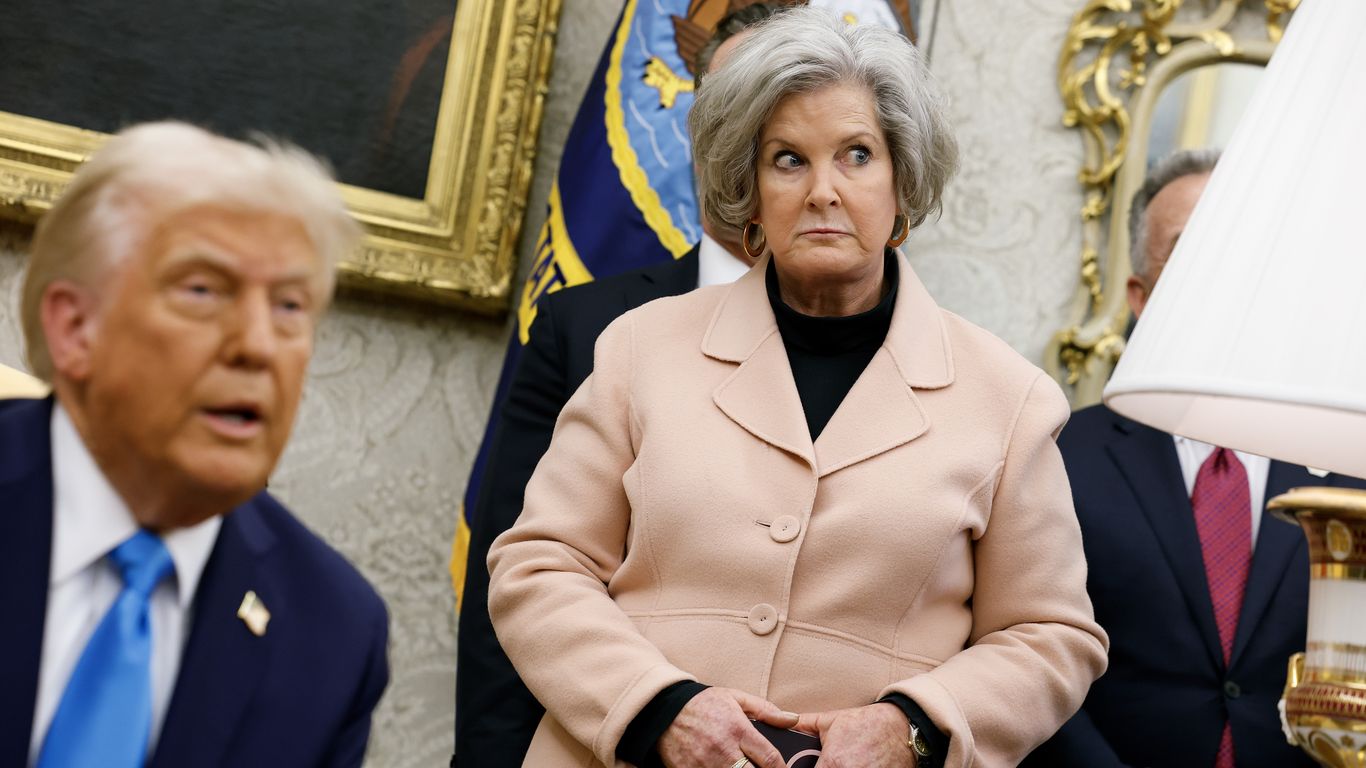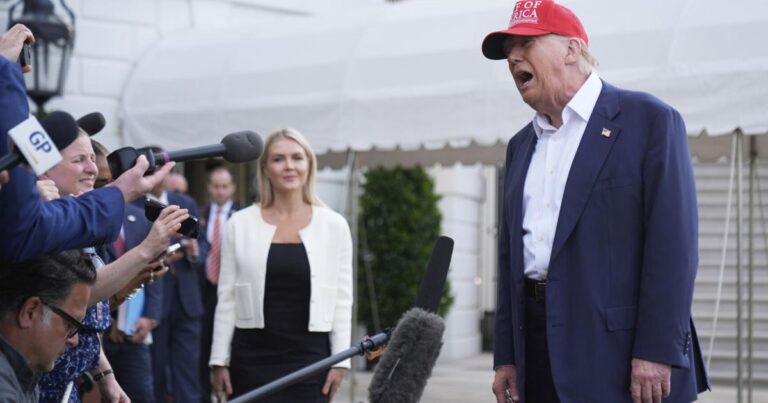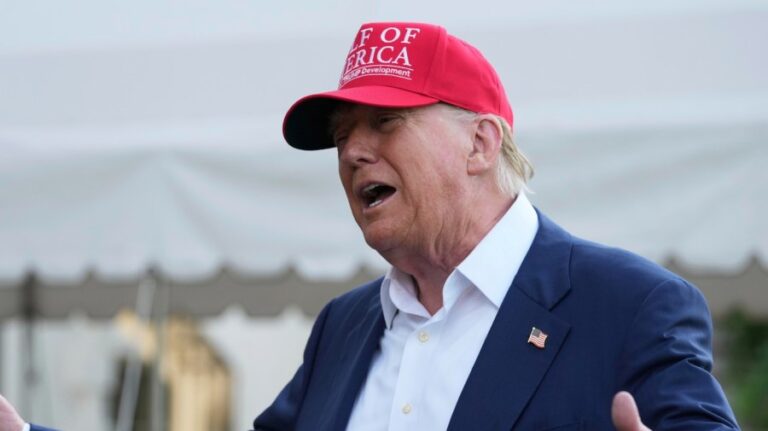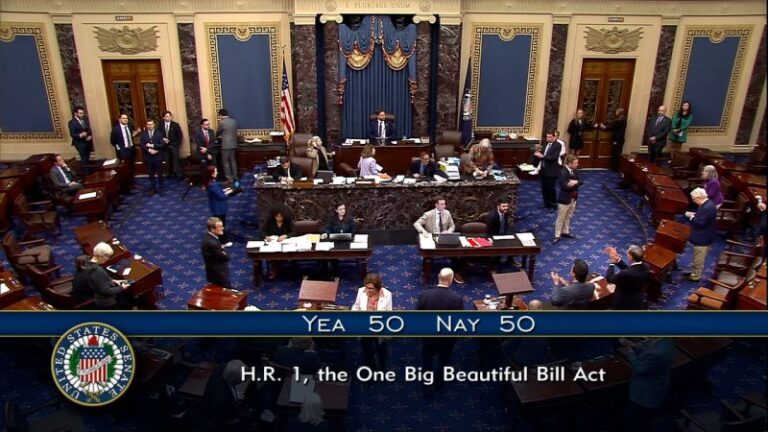An Iran-linked cyberattack group, which previously targeted President Trump’s 2024 campaign, is now threatening to release a new trove of emails stolen from his associates. Among the targets are White House Chief of Staff Susie Wiles and political consultant Roger Stone. This development was first reported by Reuters and has been described by the Cybersecurity and Infrastructure Security Agency (CISA) as a “calculated smear campaign.”
The announcement comes as the Trump administration released a report warning of potential threats from Iranian cyber actors targeting U.S. firms and critical infrastructure operators. This report was published on the same day as the hackers, who have adopted the pseudonym “Robert,” communicated with Reuters, claiming to possess around 100 gigabytes of emails involving key figures such as Wiles, Stone, Trump’s lawyer Lindsey Halligan, and adult film actress Stormy Daniels.
Background of the Cyber Threat
The threat from these hackers is not isolated. It follows a series of geopolitical tensions, including President Trump’s recent decision to halt plans to ease sanctions on Iran. This decision came after Iran’s Supreme Leader Ayatollah Ali Khamenei downplayed the impact of U.S. and Israeli airstrikes on Iran’s nuclear facilities. The hackers have hinted at the possibility of selling the stolen emails but have not disclosed specific details about the content.
The Justice Department previously indicted three Iranians in connection with the 2024 Trump campaign cyberattack, alleging that Iran’s Islamic Revolutionary Guard Corps was behind the “Robert” hacking operation. This underscores the ongoing cyber warfare tactics employed by state-sponsored groups to influence and disrupt political processes in the United States.
Official Responses and Implications
In response to the threat, CISA spokesperson Marci McCarthy issued a statement on social media, characterizing the cyberattack as “digital propaganda” meant to “distract, discredit, and divide.” McCarthy emphasized that the attack is strategically designed to damage President Trump and undermine public confidence in U.S. officials.
“These criminals will be found and will be brought to justice,” McCarthy asserted, highlighting the government’s commitment to addressing foreign cyber threats.
Experts in cybersecurity warn that such attacks are likely to increase as the 2024 presidential election approaches. The use of cyber tactics to influence political outcomes is not new, but the sophistication and scale of these operations continue to evolve.
Historical Context and Forward-Looking Analysis
The threat of cyberattacks from state-sponsored groups has been a persistent challenge for the United States. Similar incidents have occurred in the past, notably during the 2016 presidential election when Russian hackers were accused of interfering in the electoral process. These events have prompted increased scrutiny and efforts to bolster cybersecurity defenses across government and private sectors.
As the U.S. prepares for another election cycle, the implications of these cyber threats extend beyond immediate political damage. They raise questions about the integrity of digital communications and the resilience of critical infrastructure against foreign adversaries. The ongoing battle in cyberspace requires robust international cooperation and a comprehensive approach to cybersecurity policy.
Looking ahead, the U.S. government and its allies must remain vigilant in identifying and countering cyber threats. This includes enhancing intelligence-sharing mechanisms, investing in advanced cybersecurity technologies, and strengthening legal frameworks to deter and prosecute cybercriminals effectively.
The situation remains fluid, and the potential release of sensitive emails could have significant repercussions for the individuals involved and the broader political landscape. As investigations continue, the focus will be on mitigating the impact of the breach and preventing future incidents.


